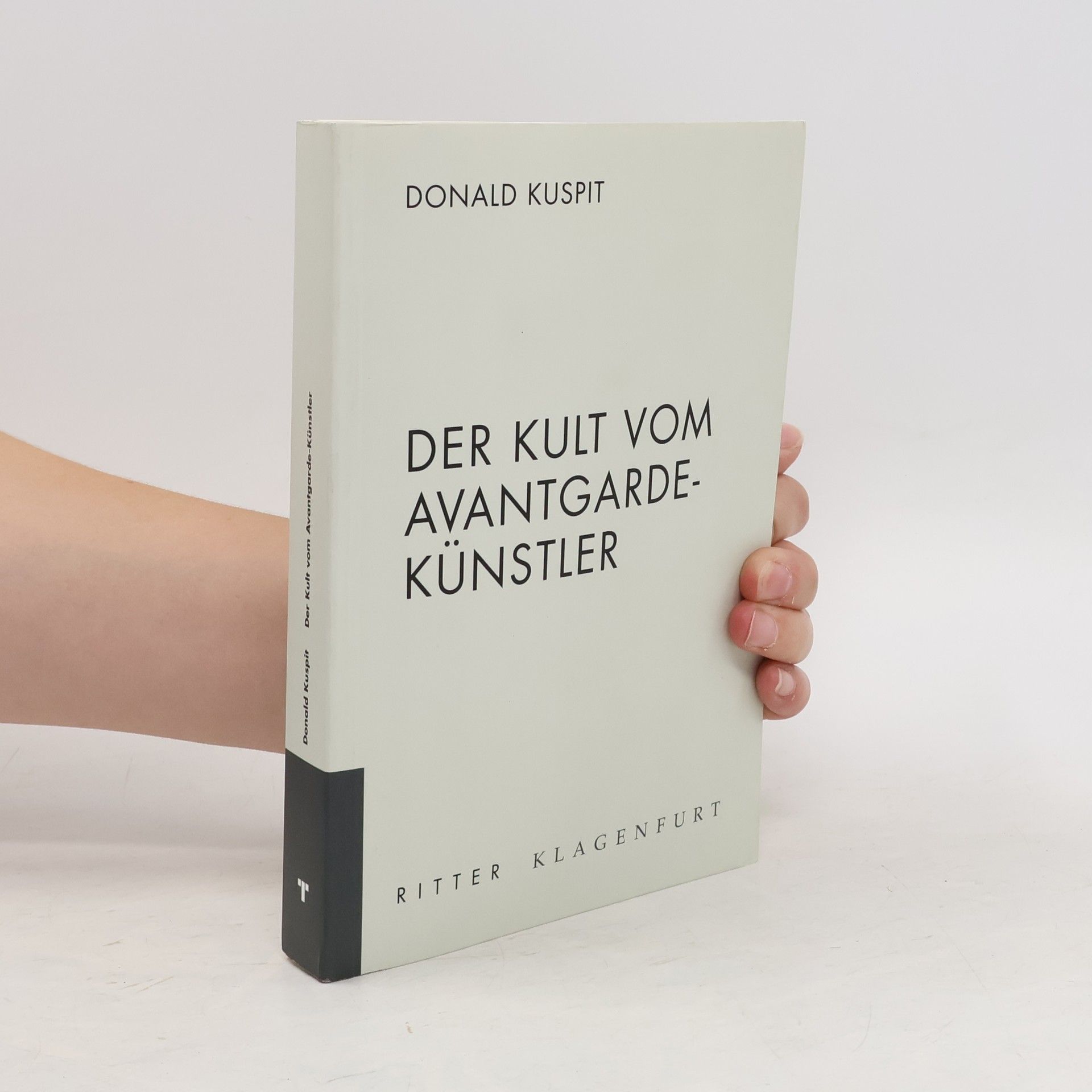Donald Kuspit Bücher
Donald Kuspit ist ein amerikanischer Kunstkritiker und Dichter, dessen Werk tief in die psychologischen und philosophischen Dimensionen der Kunst eintaucht. Sein kritischer Ansatz untersucht oft, wie Kunstwerke die menschliche Psyche widerspiegeln und beeinflussen, und sucht nach Ausdrucksformen des Unbewussten und existenzieller Ängste. Kuspits Stil ist analytisch und durchdringend und zielt darauf ab, verborgene Bedeutungen und die Motivationen der Schöpfer aufzudecken. Sein Einfluss reicht weit über die Kunstkritik hinaus und prägt das Verständnis von moderner und postmodernen Kunst.






Steve Tobin's natural history
- 311 Seiten
- 11 Lesestunden
Tobin's work transforms the wonders of nature into monumental sculptures. Blown-glass Cocoons, cast-glass Doors, luminous Waterglass, recent Shelters and Earth Bronzes (including African Termite Hills, Bone sculptures, and signature Roots) and his provocative new Exploded Clay are explored.
Shalom Neuman
- 153 Seiten
- 6 Lesestunden
The Fusion Caskets were begun in 1972 and completed in 1983. The series is comprised of 9 sculpturally painted wooden boxes. Each box was created using oils and acrylics on wood and resin casts, sculptural found objects and more than 100 internal and external lights. Shalom Neuman is an unprecedented phenomenon.
The great German photographer Albert Renger-Patzsch was a contemporary of Moholy-Nagy and Brecht and a close friend of Hermann Hesse, yet his work is little known in the English-speaking world. Born in Wurzburg in 1897, Renger-Patzsch was a member of the movement that came to be known as NeueSachlichkeit ("New Objectivity"). His most famous book Die Welt ist schon (The World is Beautiful), published in 1928, immediately established him as one of the leading photographers in Germany. This volume brings together sixty-five of Renger-Patzsch's photographs, many of them never beforepublished. Together they help trace the life, career, and influence of one of the century's most important photographers, and will be an essential resource for scholars, social historians, and students of photography.
En quarante ans de carrière, il m’a souvent été donné l’occasion de soutenir des expositions, mais jamais je n’avais su trouver autant de liens qui peuvent unir un artiste et un lieu à notre maison. Des origines italiennes à sa vie parisienne, l’artiste est comme Zilli, bercé entre deux cultures qui ont façonné l’histoire de l’art. Du passé glorieux des Médicis, Lyon en a gardé une trace indéfectible, par le mariage de Henri IV à Marie de Médicis ; Lyon, berceau de Zilli. Je suis très fier d’apporter mon soutien à la rétrospective des étapes essentielles de la carrière de Beatrice Caraccciolo, et c’est aussi un hommage que je rends aux femmes italiennes qui ont guidé mes pas, ma mère et mon épouse Roberta.
